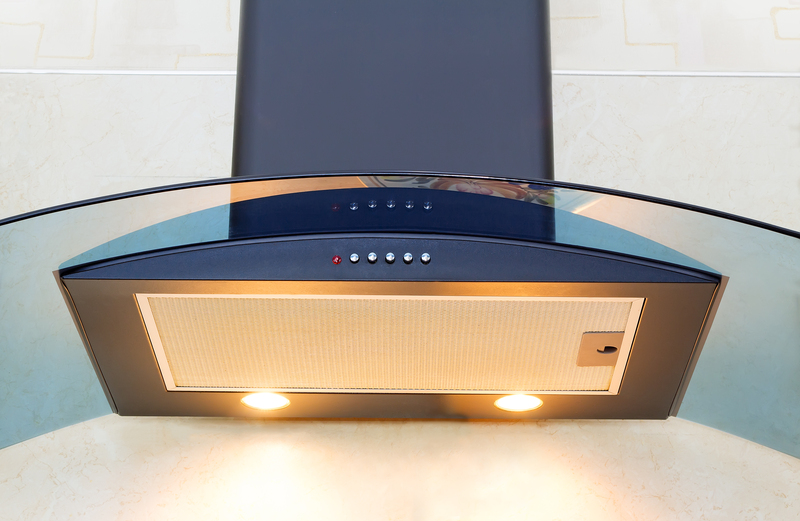The Best Solutions for Cleaning and Removing Milk Stains
Posted on 24/07/2024
Milk has long been a staple in many households, providing essential nutrients and being a versatile ingredient in cooking and baking. However, this dairy product can also be a common culprit for stains on clothing, furniture, and carpets. Whether it's a spilled glass of milk or a baby's spit-up, these stains can be difficult to remove if not treated properly. In this article, we will discuss the best solutions for cleaning and removing milk stains so that you can keep your belongings looking clean and fresh.
Understanding Milk Stains
Milk is an organic substance that contains fats, proteins, and sugars which can cause stubborn stains when spilled onto fabrics or surfaces. When left untreated, the fats in milk can quickly turn rancid and attract bacteria, resulting in a foul smell. The proteins in milk also act as binders, making it harder to remove the stain once it has dried.

Pre-Treating Milk Stains
Before tackling the actual stain, it is important to blot up as much of the excess milk as possible using a clean cloth or paper towels. Avoid rubbing the stain as this can spread it further or push it deeper into the fabric. Once most of the milk has been removed, pre-treat the stain with one of the following solutions:
- White vinegar: Mix equal parts of water and white vinegar and apply it directly to the stain. Let it sit for 10-15 minutes before rinsing with cold water.
- Dish soap: Apply a small amount of dish soap directly onto the stain and gently rub it in with your fingers. Rinse with cold water.
- Enzyme-based cleaner: For tougher stains, an enzyme-based cleaner specifically designed for protein-based stains like milk can be effective.
Removing Milk Stains from Clothing
For clothing items that are machine-washable, after pre-treating the stain, wash the garment in the hottest water recommended for the fabric using a laundry detergent. If the stain persists after washing, avoid drying the garment as heat can set the stain. Instead, repeat the pre-treatment process and wash again before drying.
For delicate fabrics that cannot be machine-washed, it's best to take them to a professional dry cleaner for treatment. Be sure to point out and identify the milk stain so that they can use appropriate cleaning methods.
Getting Rid of Milk Stains on Upholstery
When dealing with milk stains on upholstery or carpets, first scoop up any excess milk and then pre-treat the stain using one of the solutions mentioned above. Next, mix a solution of mild dish soap with warm water and apply it to the stain using a clean cloth or sponge. Blot the area and repeat until the stain is gone. Finish by rinsing with cold water and blotting dry with a clean towel.
The Pros and Cons
Pros:
- These solutions are affordable and can be easily made at home.
- They are effective in breaking down milk proteins and removing stains.
- The ingredients used are gentle and safe for most fabrics.
Cons:
- Some stubborn milk stains may require multiple treatments.
- Pre-treating may not work on old or set-in stains.
- Some solutions may cause discoloration on certain fabrics, so always test on a small inconspicuous area first.
Tips for Avoiding Milk Stains
- Be careful when handling glasses or containers filled with milk to avoid spilling.
- Always remove excess milk immediately before treating the stain.
- For babies or young children who often spit-up, burp them regularly to prevent excessive milk from accumulating in their mouths.

Key Takeaways
Milk stains can be tough to remove if not treated promptly and with the right methods. Pre-treating with vinegar, dish soap, or enzyme-based cleaners before washing can effectively break down the stain. When dealing with delicate fabrics or upholstery, it's best to seek professional help.
In Conclusion
With these simple and effective solutions for cleaning and removing milk stains, you can keep your clothes and furniture looking clean and fresh. Remember to pre-treat the stain as soon as possible and always test on a small area first. By following these tips, you can say goodbye to those stubborn milk stains for good.




